It tells the writer that his efforts have not been in vain and that at least someone is finding them useful.
So, this week we will dedicate a little time to two subjects that are somehow inter-related: Squirrels and shooting at steep angles.
Follows the standard disclaimer: We will be talking about hunting, shooting and the killing of animals, if this bothers you STOP READING!
Pheww, sorry, but that needed to be done.
The impact of squirrels in the environment cannot be overlooked.
In some places they displace other squirrels (like the American Grey displacing the native British Red in the UK).
In others they alter the spreading processes of forests and have even stopped reforestation efforts by eating the tender bark of saplings, thereby "ringing" the tree into death.
In other places, still, the effect of the squirrels' voracious greed to store food has removed enough food from the environment as to endanger the health and well-being of songbird populations.
In SOME case, squirrels of the smaller varieties have had positive effects, making sure that there are passageways and burrows that other animals expand and use, sowing trees by hiding nuts where they later forget to look for them, and other instances.
OVERALL; the squirrels thrive near humans. Like their cousins, the rats (squirrels are rodents also), they are highly intelligent and adaptable. They will USE human activity and refuse whenever they can. Humans introduced the American Grey to the UK, and also the British Red to America. Now the non-native species is thriving to the detriment of the native ones on both sides of the Atlantic.
Squirrels have become lately, also a "Game" animal. You can now find them in some restaurants (at exorbitant prices), as well as farm raised. For the small farmer and land-owner, the squirrel can be another "cash crop".
As airgunners, squirrels are NATURAL targets for us. The size, human-closeness of their habitat, and the damages they cause to gardens, orchards, forests, bird nests and bird feeders, make them natural targets.
So, the perennial question: Where do you shoot them?
Perhaps this first simplified diagram will help us get the conversation started:
The heart is located a little below the shoulders, but well above the elbow.
A hit to the shoulders area (especially with wadcutters, or with expanding pellets, will create enough damage as to render the squirrel dead in about 15 to 30 seconds. This may or may not be acceptable to you and to your conditions or situations.
In 30 seconds a ground squirrel can crawl back to the nearest hole to become an irretrievable, smelly, fly-generating carcass. Or it can drop down from the tree to be caught by almost any reasonably fit dog. Different circumstances, different results. Only YOU can decide whether a shot should be taken. Think before you shoot.
IF we want to comply with the Mike Pearson (MP) 10/10 rule, then we need to aim at the brain pan. The above diagram is lacking in some detail, so let's go to better and more academic diagrams, this next diagram shows the squirrel's nervous system:
If your rifle cannot shoot these pellets accurately, then try the H&N's Rifle Match
Under some conditions and as long as your IMPACT speed can be above 650 fps, the expanding pellets (JSB's Predator, H&N Crow Mag, H&N Barracuda Hunter X ) may prove useful, especially for heart/lung shots. If we go to a detailed and more accurate circulatory system diagram, we would see this;
So, from below and to the sides, the body side of the elbow MAY be a perfectly valid shot placement. From the front or broadside, that would be too low.
A good rule of thumb that has worked well for me has been to aim to the center mass of the cross-section of a plane that would cut the squirrel in half just behind the shoulders.
The first and most common answer is "Aim low", but if we are ethical hunters and if we really want to comply with the MP 10/10 rule, then our target (REAL target, not the whole animal), is barely ½" round. So, low, yes, but ¿WHERE?
If you are a sniper, using a 0.50" BMG from atop the mountain range and you're shooting interdiction duty into a convoy of materiel winding its way along the road down in the valley, your shooting angle may be 20°, 30°, 40°, perhaps even more. BUT the distance you are shooting will be measured in HUNDREDS of meters (or yards). Whereas your scope's Line of Sight (LOS) can be, at most 10 cms (about 4") from boreline.
In our airguns, we routinely use LOS heights of 5 to 10 cms. (2" to 4") for distances measured in meters (or yards). The proportions are radically different!
The cosine rule, therefore, does NOT work in the airgun world.
You need to re-plot your trajectory for each "range" of angles you might encounter, if you want to be absolutely precise about it.
In my HUMBLE opinion, squirrel hunting is one of those instances when you want to be absolutely precise about it. The target is really small, and the animal enjoys a positive perception among the non-hunters. Any suffering will translate into a hideous perception of us and of hunting; and the outcome for hunting can be nothing less than negative. We owe it to future generations to be as precise, as surgical, as accurate, as we can be.
Using ballistic programs.
Most airgun ballistic programs have the inclination datum as a variable, meaning you can plot several variations for the different angles.
How much can it change? well, let's use my favourite app: PP Calc. (obviously! LOL!)
Data from my WFTF D-54 shooting at 12 ft-lbs gives us this basic trajectory chart:
Now, let's move the muzzle 20° (up, or down, it does not matter):
What about a steeper angle? Let's try 35°
In FT the highest angle I've seen, and shot at, has been 45°:
In the real world of jungle hunting much steeper angles are encountered, and measuring the real angle is one of the challenges, so we designed PP Calc to take a snapshot of the angle (in the reticule screen) and to input that angle automatically into the charts, graphs and tables.
Get to your shooting spot an hour in advance and check out the limbs where you have taken most of your shots, take a "picture" and record the incline. Then refer back to the tables, range card, or any other aiming aid you have devised.
If your gun is accurate and if YOU are an accurate shooter, there is absolutely no reason why you cannot take steeply inclined shots with great success!
Keep well, Hunt safely, and Shoot straight!
HM
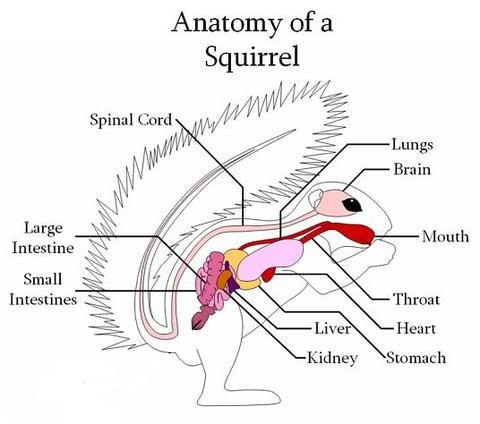
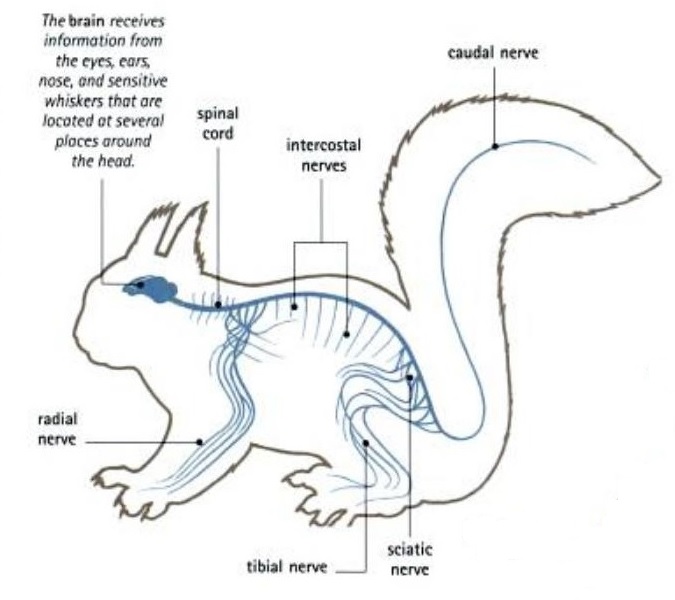
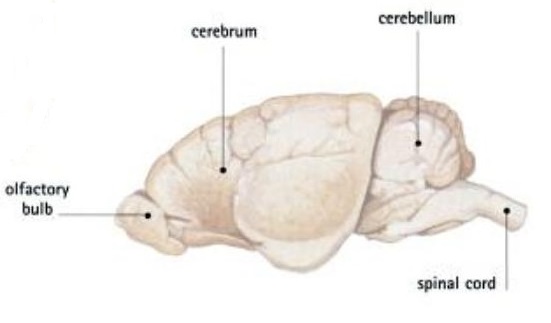
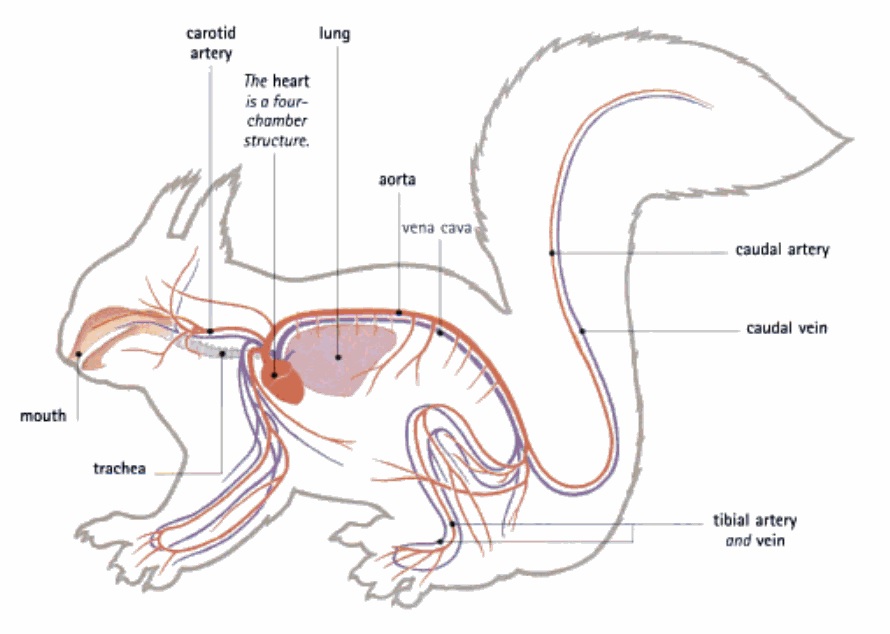
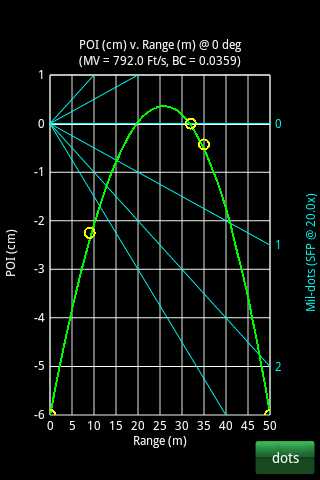
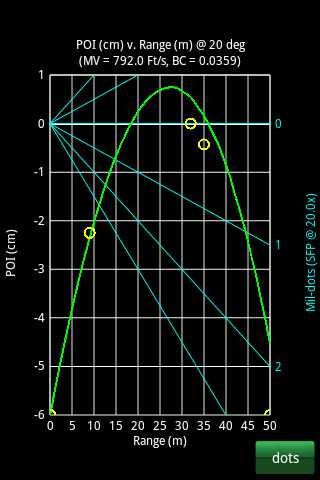
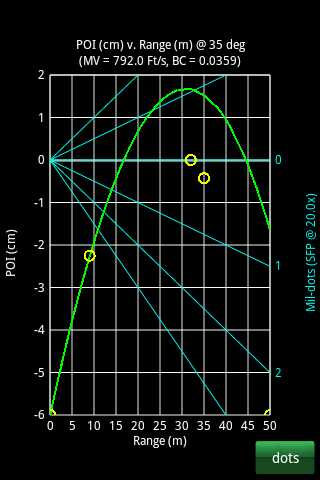
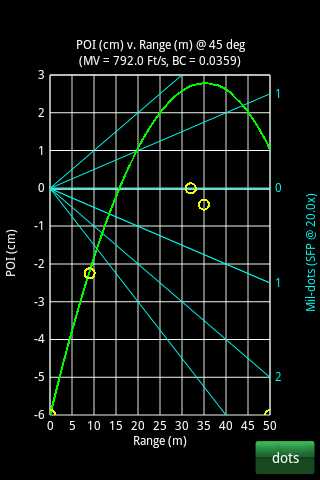
 RSS Feed
RSS Feed